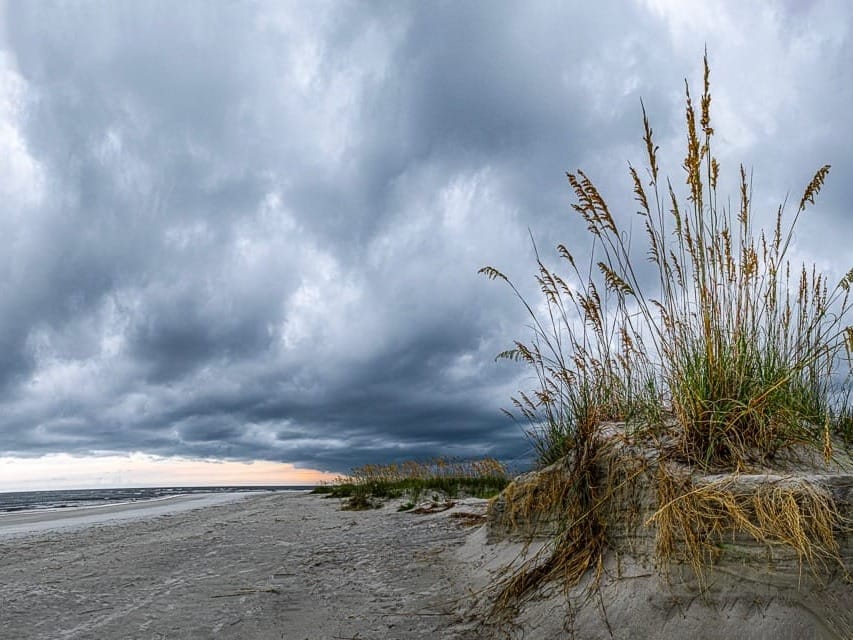The level of the world’s seas and oceans is rising at rates never before seen, threatening coastal cities like New York, Shanghai and Dhaka, along with the very existence of some island nations.
As with a host of other modern-day environmental calamities, the cause of the crisis is clear: the accumulation of greenhouse gases in the atmosphere from the burning of fossil fuels.







